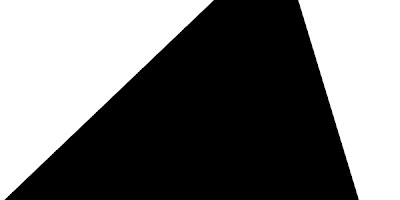Distorted Regularity
My two concepts explored in this assignment were:
1. The repetition of simple shapes.
2. The distortion of the ordinary to create the extraordinary.
The repetition of simple shapes is conveyed through my model from the physical shapes that make it up. The model is made entirely out of squares and cubes. The repetition of the square shape creates a simple yet interesting model to look at due to the composition of the various squares. This also translates to my physical model, where it is in the physical form of a cube, one of the predominant shapes of the model, and one of the most simple three dimensional shapes.
The distortion of the ordinary is explored through the modifiers I placed on my model to make it a more complex shape. Whilst it is explored through the shape and form of the model, it is also heavily conveyed through the materials of the model. The reflective twisted surfaces do not give a straight reflection, but rather a distorted reflection. The rings around the model are given a translucent glass texture, distorting the objects behind it when we look through it. This concept of distortion is central to the idea of my physical model. Taking the simple shape of a cube, we distort (twist) the cube in order to progress through the unpacking and development of my model, very similar to the model itself.
2. The distortion of the ordinary to create the extraordinary.
The repetition of simple shapes is conveyed through my model from the physical shapes that make it up. The model is made entirely out of squares and cubes. The repetition of the square shape creates a simple yet interesting model to look at due to the composition of the various squares. This also translates to my physical model, where it is in the physical form of a cube, one of the predominant shapes of the model, and one of the most simple three dimensional shapes.
The distortion of the ordinary is explored through the modifiers I placed on my model to make it a more complex shape. Whilst it is explored through the shape and form of the model, it is also heavily conveyed through the materials of the model. The reflective twisted surfaces do not give a straight reflection, but rather a distorted reflection. The rings around the model are given a translucent glass texture, distorting the objects behind it when we look through it. This concept of distortion is central to the idea of my physical model. Taking the simple shape of a cube, we distort (twist) the cube in order to progress through the unpacking and development of my model, very similar to the model itself.
Storyboards and Draft Models
Throughout the assignment, various storyboards were drawn up for the animations.
This was an early storyboard made in a class.
This is the finalized storyboard used for the animations. The marker combinations were also planned in this storyboard.
Slight changes were made to the model from the first assignment.
Further alterations to the color of the model were made in later stages of the assignment.
BuildAR
These were initial tests with BuildAR using my models from the first assignment.
Markers
In order to achieve my physical model, I had to split my markers into halves. All 9 markers used in the model are a different combination of 2 of the 6 different halves created.
Many of the halves represents different forms of distortion that when used together can be used to create the extraordinary from simple shapes.
This Marker halve represents the splitting of a simple shape.
This Marker halve represents the skewing of a simple shape.
These two Marker halves represents non-parallel skewing of simple shapes.
This Marker halve represents the projection of a simple shape that is then skewed.
This Marker halve represents the interesting patterns that can be created when overlapping simple shapes upon each other.
3DS Max Renders
The environment where the model sits in is littered with cubes. This represents my concept of the repetition of the simple shape. When trying to show the concept of distortion, all these cubes are turned yellow and twisted.
These two above renders were rendered from the same point of view, allowing me to combine the two renders to create an amalgamation of the two concepts.
The idea behind this render was a distortion of the model and its environment. To achieve this, I rendered the reflection of the environment from a spherical mirror. I played around with different sizes and distances until I ended up with this result.
Originally, I was planning to render the object and the environment through sheet of glass which bent, distorting the view through refraction.
A3 Poster
Required files submitted to course folders.















































